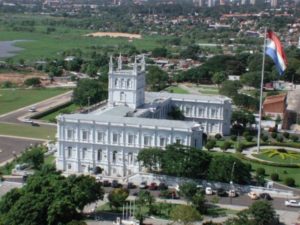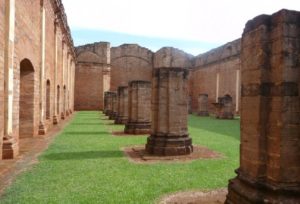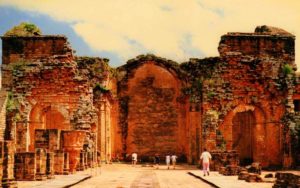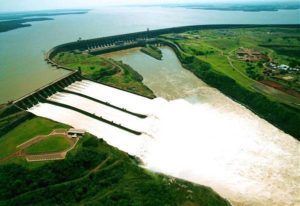Home > Destinations > Paraguay
Paraguay
Located in central South America, Paraguay is the fifth smallest, the fourth least populous and the third least visited country in the continent. Even though it was colonized by Spain for three centuries, Paraguay has retained much of the local indigenous identity, as exemplified by the fact that most people here still understand the Guarani language. Paraguay was on the most developed countries of the continent by the mid nineteenth century, but its disastrous campaign in the Paraguayan War, or War of the Triple Alliance, put national progress in check.
Today, Paraguay is still one of the poorest countries in South America, but also presents one of the fastest growing economies in the region. Tourism, however, despite receiving government investments, is still quite incipient and not yet relevant at the national level. Nevertheless, there are a few places of interest here and there and the country is certainly worth a visit.
The Paraguayan territory is divided almost in half by the river that bears the country’s name. The lands to the west of the Paraguay River form the region known as "El Gran Chaco". This large tract of land comprises a mix of dense forests, lakes and abundant animal life in an ecosystem that continues on to Bolivia and Brazil, in the region also known as the Pantanal. The Chaco is responsible for much of the national agricultural production, besides containing an important Mennonite colony, especially in the vicinity of the city of Filadelfia.
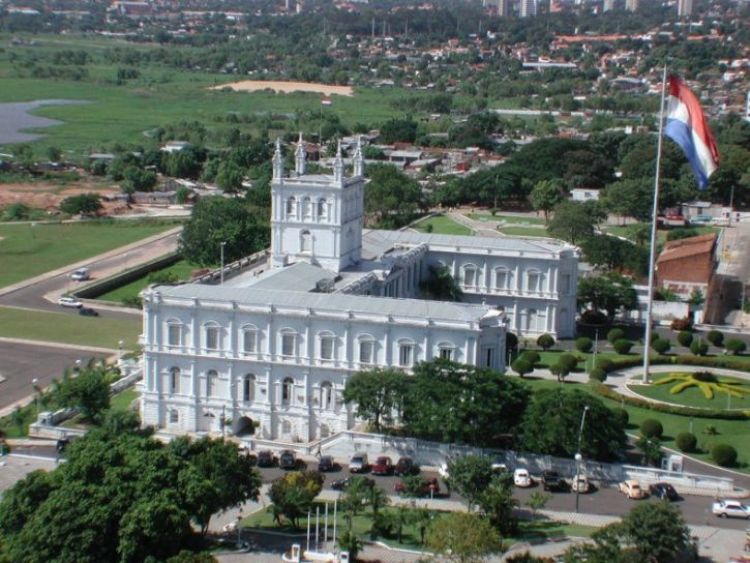
Situated on the banks of the Paraguay River, at the border with Argentina, lies the country’s capital and largest city: Asunción. Founded in 1537, the city was established on a land known for its "seven hills". Asunción was the base from where several expeditions departed later that century to found cities such as Santa Cruz de la Sierra, in Bolivia, and Corrientes and Santa Fe, in addition to the second foundation of Buenos Aires, in Argentina. Asunción houses the main airport of the country and features some interesting sights such as the Metropolitan Cathedral, the old Municipal Cabildo, the Los Lopez Palace, seat of the presidency, and the museum Casa de la Independencia.
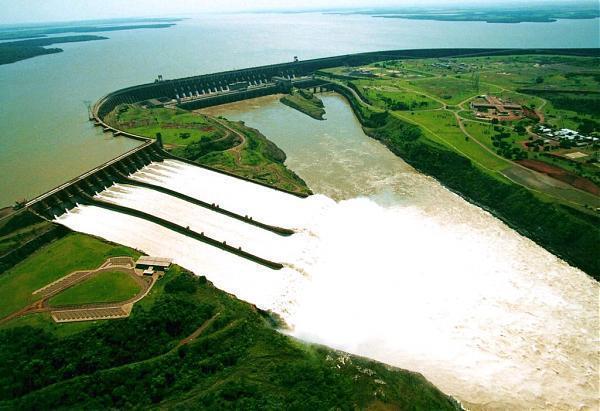
Heading 320km (200mi) east of the capital, you will arrive to the second largest city in the country. Ciudad del Este, located on the banks of the Parana River, at the triple border between Paraguay, Brazil and Argentina, is not exactly a tourist destination, being mostly characterized as a kind of commercial warehouse for imported goods sold at reduced prices especially for Brazilians and Argentines. The city doesn’t really have a friendly aspect, and crossing the border in order to find accommodation is probably a better bet: both Foz do Iguaçu, on the Brazilian side, and Puerto Iguazú, in Argentina, offer good options. From there you can visit the spectacular Iguazu Falls, located on the border between Brazil and Argentina, and even one of the largest hydroelectric power plants in the world: Itaipu, on the border between Brazil and Paraguay. In the Paraguayan side, it is worthy to stop by the Saltos del Monday, immediately south of Ciudad del Este.
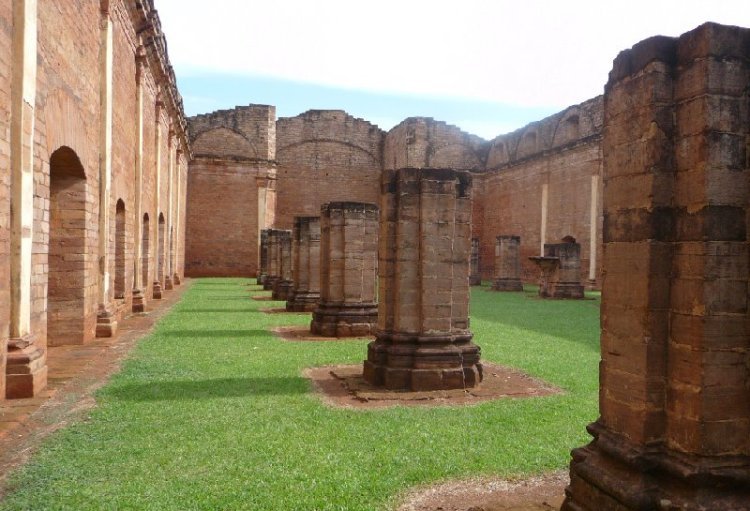
In the south of the country, 290km (180mi) from Ciudad del Este and 370km (230mi) from Asunción, still on the banks of the Parana River, lies the city of Encarnación. Home to the biggest carnival party in Paraguay, Encarnación receives more than 100,000 visitors every year to the festivities that take place over the four weekends leading up to Lent. The area around Encarnación hosted during the seventeenth and eighteenth centuries, eight Jesuit Reductions. These settlements founded by the Jesuits aimed to evangelize indigenous peoples and establish economic, political and religious communities. The best preserved example of this ancient utopia in Paraguay is the mission of the Santisima Trinidad del Paraná, located just 30km (19mi) away from Encarnación. Other good examples of the Jesuit presence in the region can be seen at the ruins of San Ignacio Miní, 68km (42mi) east of Encarnación, in Argentina, and in São Miguel das Missões, in Brazil, 270 km (165mi) southeast of the Paraguayan city.
